The universe is a vast and mysterious place, full of wonders and mysteries that boggle the mind. In this article, we will explore the top ten wonders of the universe, from black holes to quasars.
1. Black Holes

Black holes are one of the most intriguing and mysterious phenomena in the universe. They are formed when a massive star runs out of fuel and collapses in on itself, leaving behind a singularity – a point of infinite density. The gravitational pull of a black hole is so strong that nothing, not even light, can escape its gravitational pull.
2. The Big Bang
The Big Bang is the event that started it all – the beginning of the universe. It occurred around 13.8 billion years ago, when all matter and energy in the universe were condensed into a single point of infinite density. The universe then rapidly expanded, undergoing a series of transformations that led to the formation of galaxies, stars, and planets.
3. Dark Matter
Dark matter is a mysterious substance that makes up approximately 27% of the universe's total mass-energy. It is invisible and does not interact with light, making it notoriously difficult to study. Scientists have been able to infer its existence based on the gravitational effects it has on visible matter.
4. Neutron Stars
Neutron stars are the incredibly dense remnants of massive stars that have undergone a supernova explosion. They are about 10 kilometers in diameter and have a mass 1.4 times that of the sun. They rotate very quickly, often spinning hundreds of times per second.
5. Quasars
Quasars are extremely bright, distant objects that emit vast amounts of energy. They are thought to be powered by supermassive black holes at the center of galaxies. Quasars were first discovered in the 1960s, and they continue to fascinate scientists today.
6. Gamma Ray Bursts
Gamma ray bursts are the most powerful explosions in the known universe, emitting more energy in a few seconds than the sun will emit over its entire lifetime. They are thought to be caused by the collapse of massive stars or the collision of neutron stars.
7. Cosmic Microwave Background Radiation
Cosmic microwave background radiation is the oldest light in the universe, dating back to just 380,000 years after the Big Bang. It fills the entire universe and is thought to be the leftover radiation from the Big Bang itself.
8. Gravitational Waves
Gravitational waves are ripples in spacetime caused by the movement of massive objects, such as black holes or neutron stars. They were first predicted by Einstein's theory of general relativity and were detected for the first time in 2015.
9. Dark Energy
Dark energy is a mysterious force that is responsible for the accelerated expansion of the universe. It makes up approximately 68% of the universe's total mass-energy and is thought to be responsible for the universe's continued expansion.
10. Habitable Planets
Finally, one of the most fascinating wonders of the universe is the possibility of finding habitable planets, meaning planets that have the potential to support life. The search for such planets is ongoing, and developments in technology are continually improving our ability to detect and study them.
In conclusion, the universe is full of wonders and mysteries that continue to amaze and intrigue us. From black holes to habitable planets, the breadth of phenomena that can be found in the cosmos is immense. As our understanding of the universe grows, we will undoubtedly discover even more wonders to marvel at.

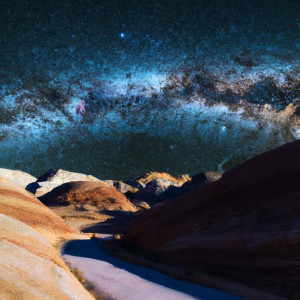
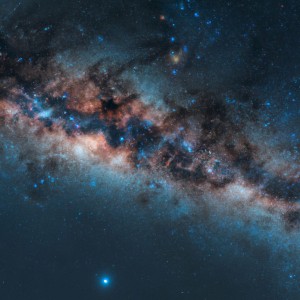



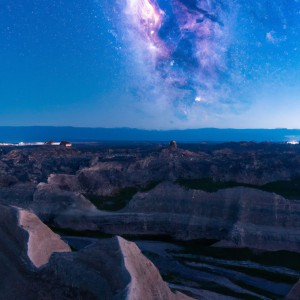


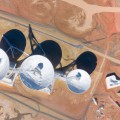
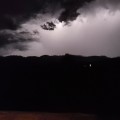

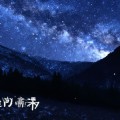
评论